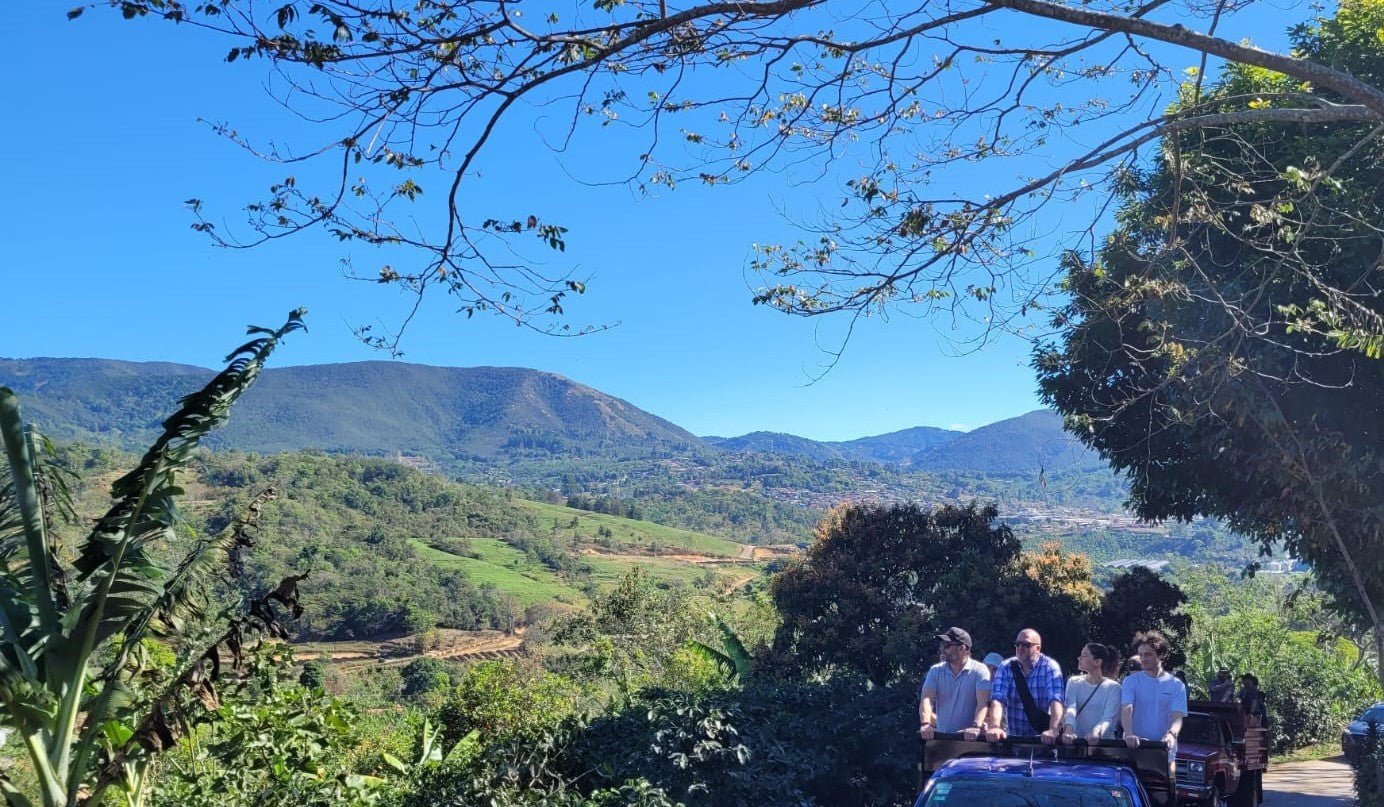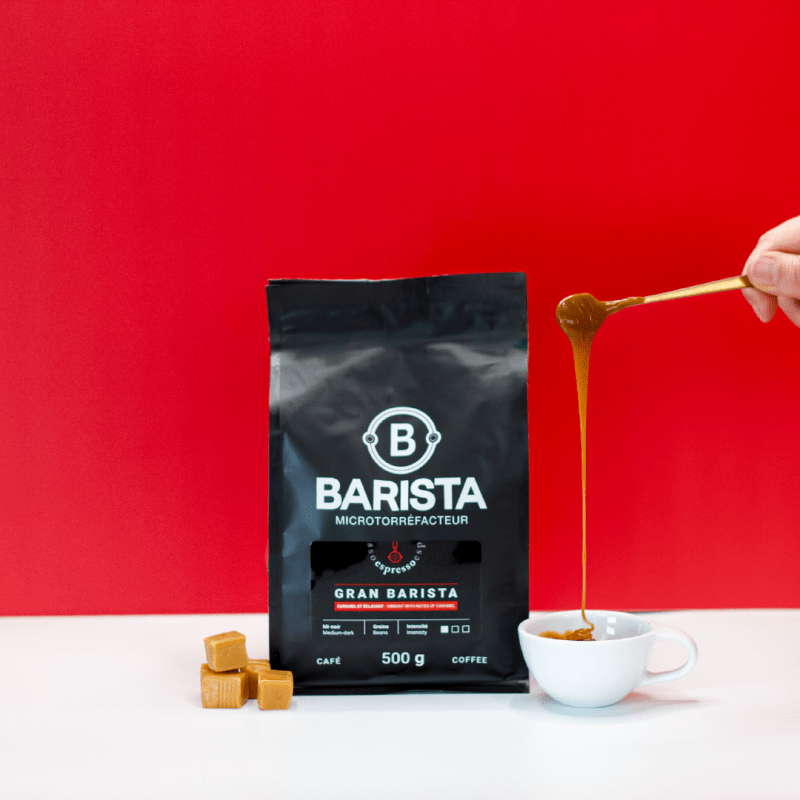In February, Café Barista cofounder Enrico Serena visited Costa Rica to reconnect with the farmers who supply our beans. The country is known for being an exceptional coffee producer, and we were curious to discover the secrets to its success.
A Quick Note on the Country
Costa Rica is a country in Central America whose coffee is known for being distinctly fruity and pleasantly acidic. Its rich volcanic and hilly terrain is favourable for the growth of high-quality coffee. Costa Rica’s coffee production once thrived, with over two million bags of beans being produced every year. However, over the past few years production has been steadily declining. The growing region is increasingly focused on manufacturing, technology, and tourism; an economic shift with the purpose of encouraging the population to migrate towards these employment sectors. A shift which in turn has caused a labour shortage in coffee harvesting operations. Should the trend continue, coffee farming could disappear altogether, or at the very least become restricted to a more local scale, over the next few decades, in favour of the country’s economic development.

The Visit: Harvesting, Processing, Tasting
During his trip, Enrico visited several family farms perched at dizzying altitudes of over 1,500 meters. These farms specialize in premium coffee, focusing specifically on producing micro-batches and using various processing methods to separate the coffee cherry from the bean. These methods include washing, the natural drying method, and the honey-processed method. In addition to these, farms in this region of Costa Rica use processing methods to ferment the coffee cherry pulp in tanks. Here, beans either come into contact with oxygen (aerobic) or are removed from the tanks for several hours (anaerobic), which gives them their sweet and complex properties.

The visit continued with the discovery of the farms’ processing facilities. Once the coffee is harvested by hand, it is sent to wet mills, where coffee cherries are separated from their precious, highly sought-after pits. Beans are then dried before being sent out and sold all around the world.
After visiting the facilities, travelers can participate in a coffee tasting process called cupping. This tasting method is essential for roasters and growers to determine the unique characteristics of each harvest. It also is in large part responsible for defining the taste profile that appears written on your bag of coffee, and can also be used to help identify if there are any possible defects in the beans. Then again, Costa Rica’s coffee is known for having very few flaws, so farmers don’t have much to worry about!

Costa Rica definitely has what it takes to capture peoples’ hearts: breathtaking scenery, quality coffee, and memorable people. So, have you booked your trip yet?












Share:
Our Review of the Moccamaster KBGT
This is Not Chocolate!